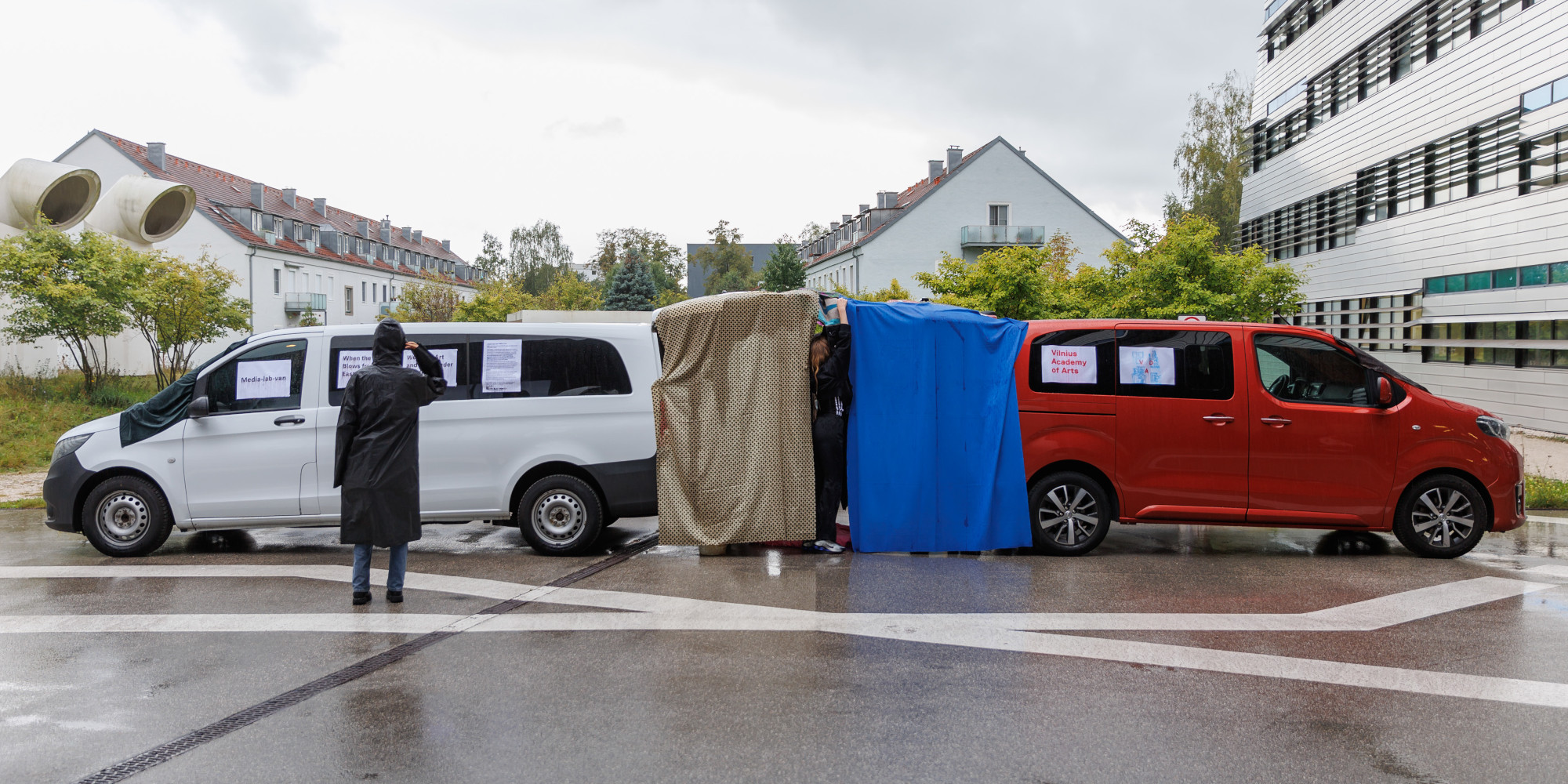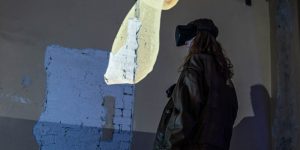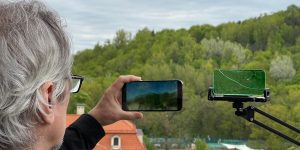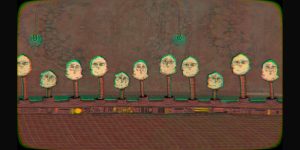On February 24th I woke up because of huge explosions, and they weren't fireworks (and not another New Year's celebration), but bombs from Russia. I jumped on the search engine, several news platforms, and Amazon trying to find out how to get batteries, solar chargers and other backup devices for an emergency reserve. I found a few units offered by the Red Cross that can generate electricity and connect to the radio. The internet went down very quickly, and Elon Musk's Starlink satellite Wi-fi stations hadn’t arrived yet. As I ran to the bomb shelter, a bullet hit me in the thigh. Luckily, it stuck to my iPhone and all I was left with was a pinkish blue bruise. Since then, I have had an iPhone replica made of green glass (created by artist Diana Nakrevič). When I feel the cool surface and weight of the glass in my pocket, I calm down. However, my mood keeps getting gloomier. The start of the war in Ukraine revealed a new scenario that made virtuality more real and believable than everyday life. The aggression of the neighboring country made many of us in Lithuania feel insecure and think carefully about an action plan in the event of an extreme war situation. In a sense, we had an excuse to create situations of survival and communication in case war or some form of siege happens. How would we live and how would we relax? How would we calm down? How would we communicate? What would social media look like, without which we can no longer seem to exist?
Ultimately, what would we expect?
Biography
Credits
Commissionaire and curator Dr. Vytautas Michelkevičius, co-curator Gailė Cijūnaitytė
Partners and supporters: MENE, Institutio Media, festival „ūmėdė“, Vilnius City municipality, Lithuanian Council for Culture, FAMM, department of Photography, Animation and Media Art at Vilnius Academy of Arts




















